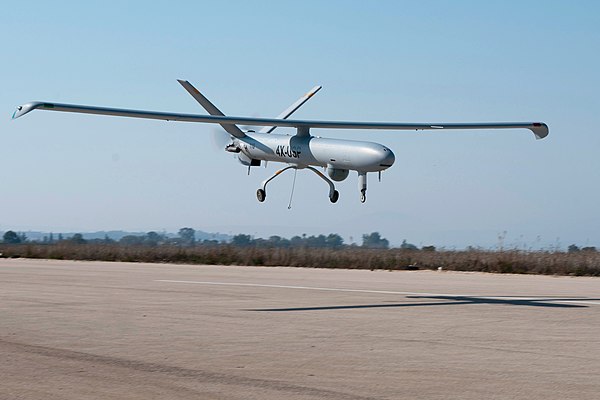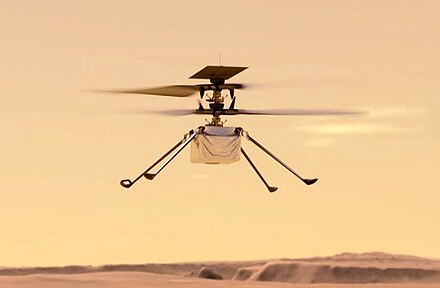
The unceasing march of military technology is leading us into a new era of warfare, one dominated by autonomous drones and cutting-edge directed energy weapons. This shift is not mere speculation; it’s underway and evolving rapidly, as recent developments indicate.

Drone swarms are not just a concept but are already changing the face of warfare, as evidenced by the conflict in Ukraine. Here, drones have been effectively used for various tasks, from surveillance to bombings, indicating their potential significance in future conflicts between major powers.

The prospect of drone swarms being deployed en masse presents a new challenge, not only in offensive strategies but also in defensive measures. Both lasers and microwaves have been considered for countering these swarms, yet, a “magic bullet” solution remains elusive.

Despite the focus on drone swarms, the U.S. Navy is also keenly interested in the potential of directed energy weapons. Epirus, a manufacturer of high-power microwave capabilities, has been engaged to test the efficacy of its technology against uncrewed surface vessels.

These tests, scheduled for the Advanced Naval Technology Exercise-Coastal Trident (ANTX-CT24), will scrutinize the ability of the Navy to counter asymmetric threats to maritime forces and critical infrastructure.

Directed energy weapons like high-power microwaves offer several advantages, including cost-effectiveness and an almost unlimited magazine, making them especially suitable for combating drone swarms.

As traditional munitions become increasingly expensive, the Navy is investing in these technologies, with plans to integrate such systems onto Naval platforms for operational threat assessment.

Navy officials have voiced their disappointment over the limited deployment of Directed Energy (DE) systems, with Secretary Carlos Del Toro indicating earlier this year his intention to increase investments in such technologies.

In the fiscal year 2025 budget, the Navy is seeking approximately $14 million for research, development, testing, and evaluation (RDT&E) for its Meteor program, aimed at enhancing air and missile defense capabilities. Additionally, there are plans to allocate an additional $10 million for related RDT&E initiatives in fiscal year 2026.

The initiative aims to leverage prior work conducted under a different program name, focusing on demonstrating the integration of “tactically significant, non-kinetic” High-Power Microwave (HPM) payloads onto Naval platforms.

This integration seeks to effectively counter, track, engage, and assess operational threats while evaluating integrated sensor and weapon control options, as outlined in budget justification documents.

The development endeavor aims to deliver capabilities with advantages such as a low cost per shot, ample magazine capacity, tactically significant range, rapid engagement for multiple targets, and dual deception and defeat capabilities, as detailed in the justification documents.

A key objective is to furnish a prototype shipboard weapon for integration by fiscal year 2026, along with establishing a test bed for ongoing technology advancement and evaluation.

In addition, the Department of the Navy is seeking approximately $6 million in fiscal year 2025 for a Marine Corps Landing Force Tech program element.

This allocation includes plans to conclude research aimed at providing Marines with a solid-state HPM capability in a suitable form factor, enabling them to execute expeditionary advanced base operations effectively, particularly in countering drone swarms and other unmanned systems in littoral regions, according to budget justification documents.
Relevant articles:
– How vast swarms of drones could transform the future of war, Yahoo News UK
– Navy to test Epirus high-power microwave’s ability to zap maritime drones, DefenseScoop

